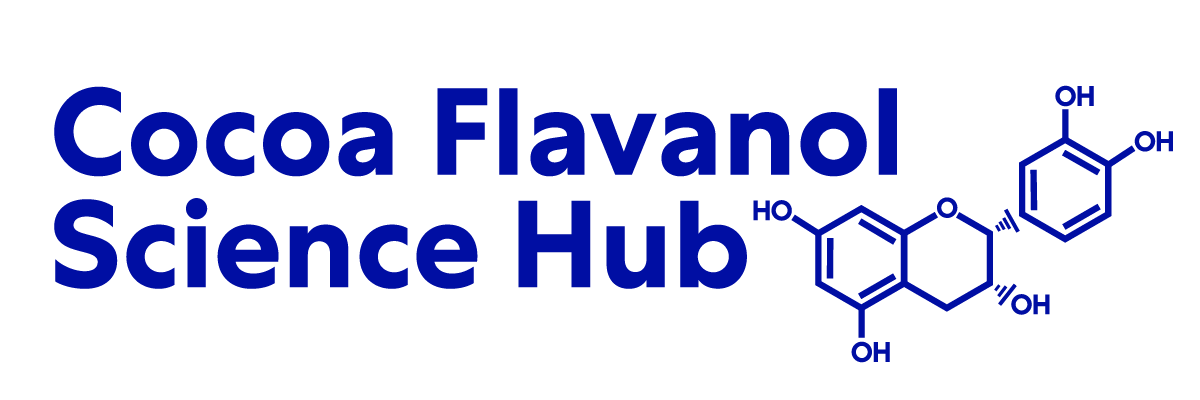Antioxidant and membrane effects of procyanidin dimers and trimers isolated from peanut and cocoa.
The antioxidant and membrane effects of dimer (Dim) and trimer (Trim) procyanidins isolated fromcocoa (Theobroma cacao) (B- and C-bonded) and peanut (Arachis hypogea L.) skin (A-bonded) were evaluated in phosphatidyl choline liposomes. When liposomes were oxidized with a steady source of oxidants, the above dimers and trimers inhibited to a similar extent lipid oxidation in a concentration (0.33-5 microM)-dependent manner. With respect to membrane effects, Dim A1, Dim B, Trim A, and Trim C increased (Dim A1 = Dim B and Trim A = Trim C), while Dim A2 decreased, membrane surface potential. All of the procyanidins tested decreased membrane fluidity as determined by fluorescent probes at the water-lipid interface, an effect that extended into the hydrophobic region of the bilayer. Both dimers and trimers protected the lipid bilayer from disruption by Triton X-100. The magnitude of the protection was Dim A1 > Dim A2 > Dim B and Trim C > Trim A. Thus, dimers and trimers can interact with membrane phospholipids, presumably with their polar headgroup. As a consequence of this interaction, they can provide protection against the attack of oxidants and other molecules that challenge the integrity of the bilayer.
See the Full Study > (opens in a new tab)









